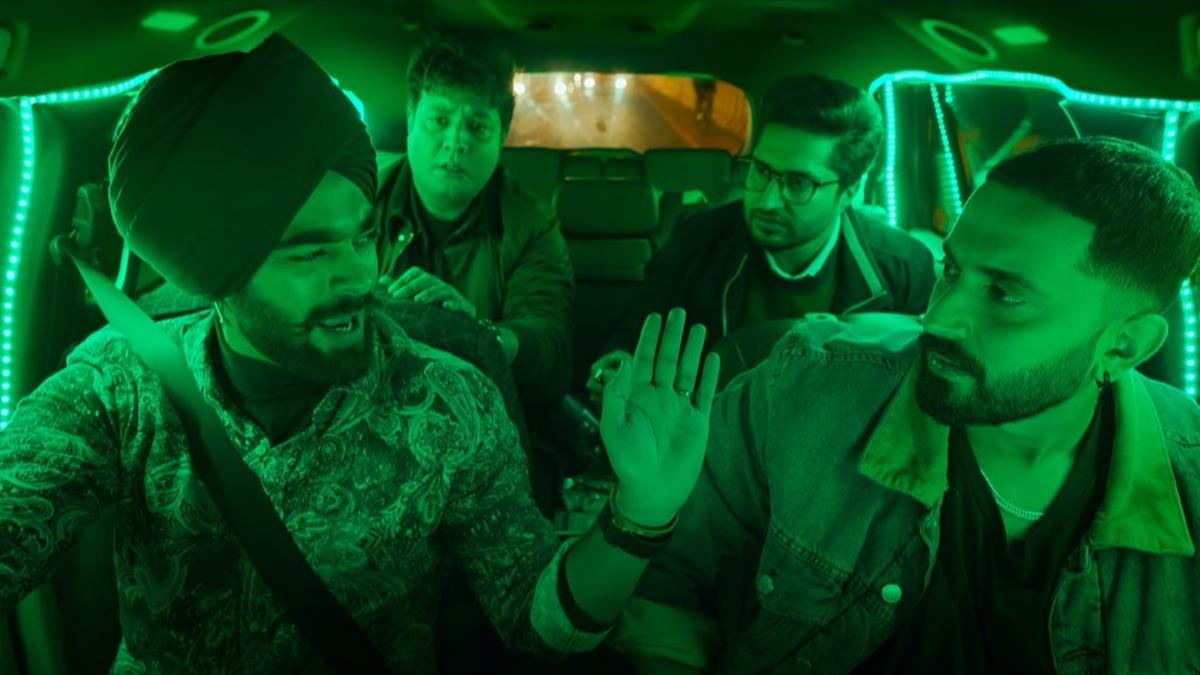Is there anything ‘new,’ about Simarpreet Singh’s new Netflix comedy Wild Wild Punjab? Written by Luv Ranjan, this ‘bromance versus romance,’ film remains true to the brand of misogyny and poorly written comedy sequences which connect most of Ranjan’s films.
The story revolves around four friends, Rajesh Khanna (Varun Sharma), Maan Arora (Sunny Singh), Honey Singh (Manjot Singh) and Gaurav Jain (Jassie Gill) who plan an impromptu road trip from Patiala to Pathankot to crash Khanna’s ex-girlfriend’s wedding to avenge their indecorous break-up.
Apart from the film’s inability to evoke laughter from its audience, what stands out in Wild Wild Punjab is its use of caricaturish characters and overdone stereotypes about boisterous Punjabis, cheating and therefore ‘villainous,’ women and misogyny-inspired ‘bro-code.’
The not so wild plot
The plot of the film is driven by an ego battle. Angered to see their heartbroken friend Khanna ‘insulted,’ when his ex-girlfriend Vaishali (Asheema Vardaan) asks him to stay out of her life after their breakup, the boys make it their mission to teach her a lesson. Inebriated in a dhaba, the boys plan a trip to Pathankot so that Khanna can make a display out of his announcement to his ex — “I’m over you.”
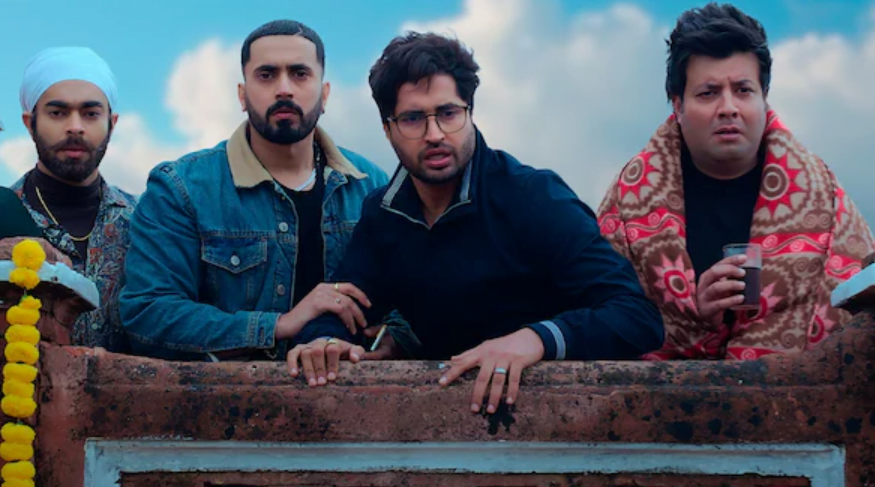
Boarding Honey Singh’s beloved car ‘Paro,’ the boys set off on their journey, encountering and overcoming several hurdles along the way before reaching their destination. In the following series of chaos and confusion, the previously engaged character Jain marries Radha (Patralekha) under the influence of alcohol, the boys pick up the drug-peddling Meera (Ishita Raj Sharma) to act as Khanna’s new girlfriend, escape arrest and fight with drug-dealing goons, before reaching Vaishali’s marriage venue.
Characters or typifications?
The characters of the film seem two-dimensional, almost as if the writer had pre-decided on the stereotypes they each will depict. The heart-broken and emotional aashiq (lover) trope has been attributed to Khanna, the car-loving and father-worshipping Punjabi to Honey, the father-fearing trope to Jain, and Arora plays the most ‘important,’ role in the film as the mouthpiece of misogyny. It is Arora’s character that advises Khanna, “Call kar lena usko [Vaishali]. Call karke reject kar de. Aisi ladkiyon se rejection sahi nahi jaati” (Give Vaishali a call. Ring her up and reject her. Girls like her can’t handle being turned down).
Following the sexist tradition of attributing ‘female,’ names to cars, the film manages to implicate phallic dominance through objects as well.
Later in the film while eyeing Radha making an entrance in her bridal attire, Arora unabashedly expresses his unfulfilled sexual fantasy, “Jainu, tere bhai ne na aj tak kisi dulhan ke saath nahi kari” (Jain, you know, I’ve never done it with a bride). Arora’s understanding of women is limited to their capacity to be ‘villainous,’ ‘gold-diggers,’ or mere sex objects.
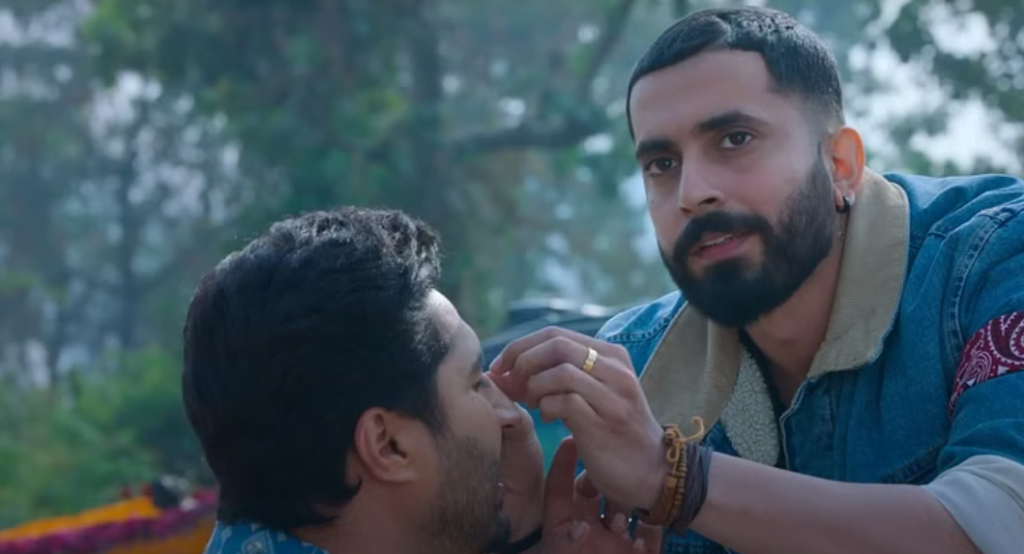
Honey’s obsession with his car ‘Paro,’ builds on another Punjabi stereotype. Following the sexist tradition of attributing ‘female,’ names to cars, the film manages to implicate phallic dominance through objects as well.
Phallic victories in Wild Wild Punjab
In a more alarmingly phallic scene, Varun Singh’s character Khanna chugs an entire bottle of alcohol and climbs to the roof of the car to burn a toll station with his pee. The low-angle shot used for this scene establishes the unparalleled power of the penis – violently reclaiming the ‘masculinity,’ Khanna allegedly ‘lost,’ while mourning his breakup. His victorious chant “I’m over you!” after setting the booth on fire links Vaishali to the toll station.
‘Demoted,’ from the position of being his girlfriend, she is as much an object as a toll booth. The physical burning of the booth is an extended parallel to the metaphorical ‘burning,’ or ‘jalan,’ (jealousy) that Khanna envisions for his ex-girlfriend.
Women characters
The female characters in the film are also unsurprisingly two-dimensional. While Patralekha’s character Rani is the ‘abla naari,’ (helpless woman) in need of chivalrous saving, Meera is a drug-peddling college student who is overtly sexualised for her ‘badass biker-girl,’ attitude. Both these characters are potential promises of sex, and therefore important to the boys.
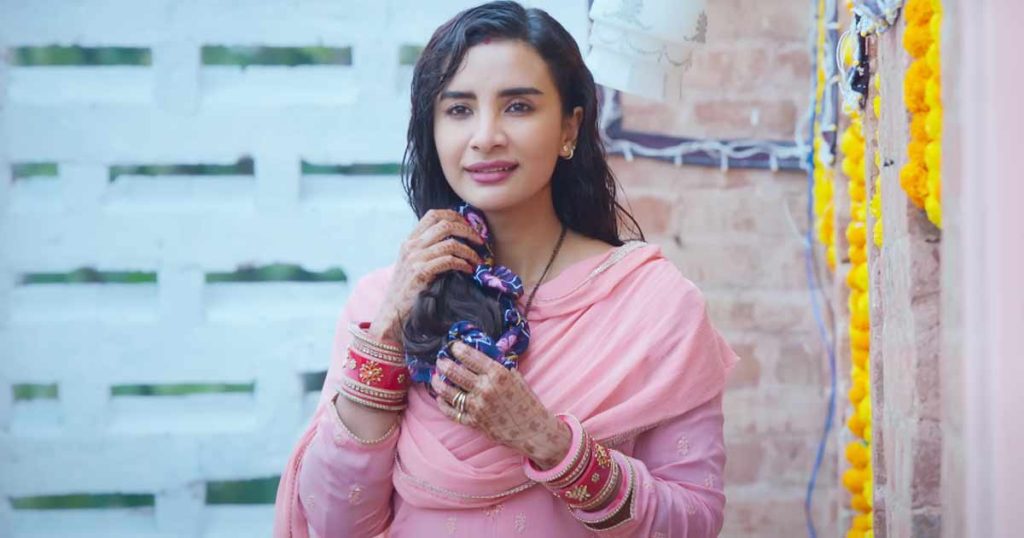
On the other hand, Khanna’s ex, who is getting married to someone else fails to hold that value. Vaishali is therefore typified as the dangerous ‘gold digger,’ even though none of her actions provide evidence for this claim. However, as Luv Ranjan’s twisted ‘love,’ universe has proved through films like Sonu Ke Titu Ki Sweety (2018), a man’s ‘gut feeling,’ is proof enough of a woman’s ‘villainy,’ and ‘questionable motives.’
Social issues left unaddressed
While the film features some real-life problems, such as the issues of dowry and drug peddling, the plot and execution of the film fail to develop them. For instance, the film entirely skips the much-anticipated encounter between Jain and his dowry-demanding father, which could have been hilariously entertaining as well as an inspiring scene.
Meera, similarly, escapes being arrested for drug trafficking merely because she is Arora’s love interest, though neither the audience nor other characters know anything else about her. ‘Saving,’ her adds to the boys’ conquests. Since the boys’ gaze perceives value in Meera’s physical appearance, she is not turned in to the police. One can only imagine her fate if her appearance did not appeal to their gaze.
What else is there in Wild Wild Punjab
The redeeming qualities of the film are the performance of its actors and the mindful use of colour schemes. The transformation of Honey’s ‘Paro,’ (his SUV) into a ‘Baraat- gari,’ (car decorated for a wedding) with yellow and orange marigold petals captures the essence of the pleasantly contagious vibrancy of Punjabi weddings. The car’s green interior lights highlight Khanna’s intoxicated and ‘green,’ state. The use of the primary colours blue and red during Meera’s trip to the drug dealers’ office sets the scene for the gun-fighting sequence that follows.
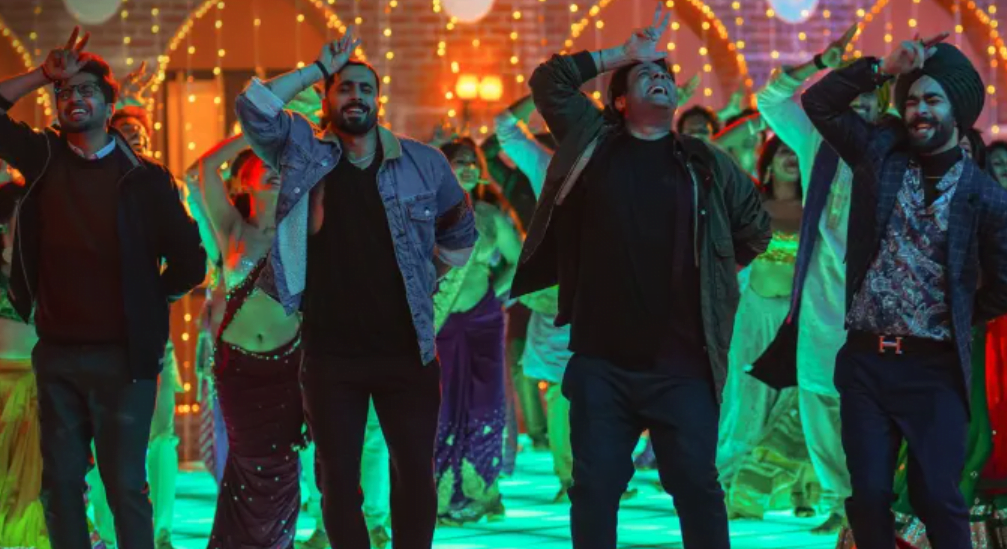
The film’s soundtrack album consists of upbeat, catchy songs such as “Husn Irani” and “Meri Baggi Mera Ghoda” which adds to its appeal. However, the objectification of women evident through the very title of the Mika Singh song “Suttebaaz Haseena” (Smokin’ Beauty) is inescapable. It is therefore impossible to separate the film’s artistic elements from its inherently misogynistic and sexist plot.
By packaging the films with the label ‘light-hearted comedy,’ films like Wild Wild Punjab shield themselves from serious criticism. The film is a nod to the stories of other Ranjan films such as Pyar Ka Punchnama (2011), Pyar Ka Punchnama 2 (2015) and Sonu Ke Titu Ki Sweety (2018) that vilify and objectify women. What is truly ‘wild,’ about Wild Wild Punjab is its mind-numbing dialogues, hackneyed misogyny and the unfulfilled promise of a funny, entertaining buddy comedy. One can only hope for future comedy films that evoke laughter through clever, inclusive humour rather than resorting to sexist or toilet jokes.
About the author(s)
Madhusmita Mukherjee (she/they) is a queer feminist writer and photographer from Assam who is passionate about advocating gender equality and social justice. She completed her postgraduation in English from the University of Delhi (2022-24). Her academic interest lies in gender studies, media memory and cultural studies. Her recent publication features in the Zubaan anthology Riverside Stories: Writings from Assam edited by Banamallika.
